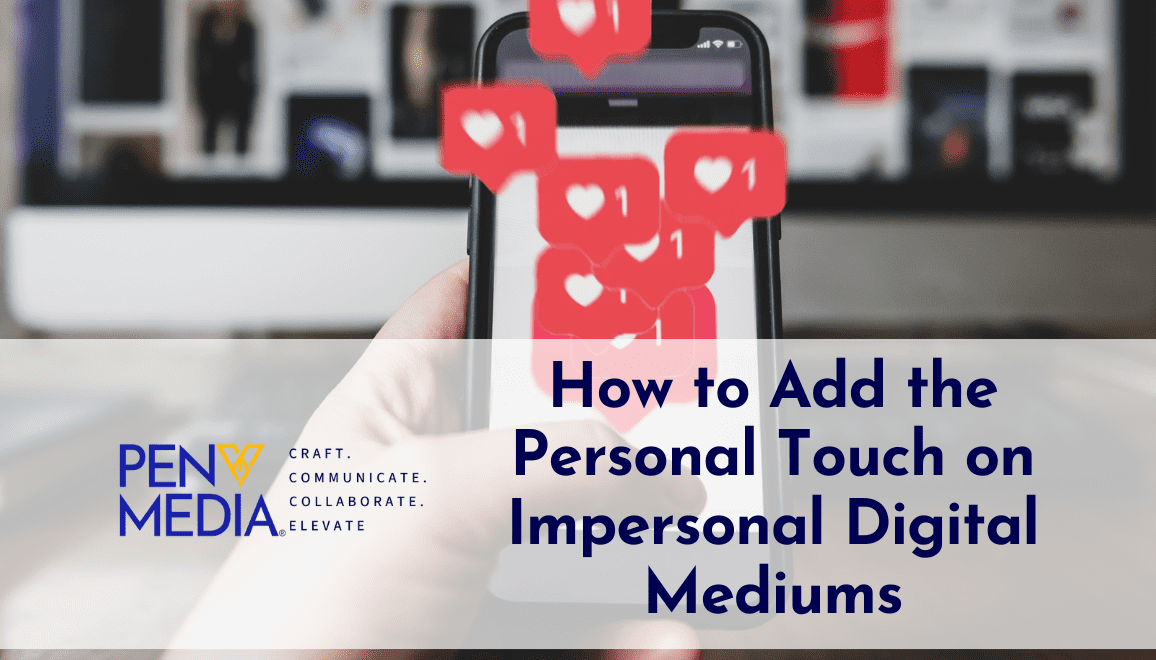In today’s digital landscape, storytelling stands as the cornerstone of effective communication, transcending the barriers of impersonal mediums. From blog posts to social media content, mastering the art of storytelling in content writing empowers you to forge meaningful connections with your audience. Join us as we delve into narrative techniques and real-life examples, guiding you on a journey to unleash the full potential of storytelling across mediums.
Understanding the Power of Storytelling
In its essence, storytelling in content writing is more than the mere transmission of information; it’s a vehicle for emotion, empathy, and engagement. By infusing your content with narratives, you create an immersive experience that resonates deeply with your audience.
- Emotional Connection: Stories evoke emotions, fostering a stronger bond between brands and consumers.
- Actionable Insights: Through storytelling, complex ideas become digestible and actionable, driving meaningful change.
- Real-life Example: Dove’s “Real Beauty” campaign challenged beauty standards, sparking global conversations and reshaping societal perceptions.
Narrative Techniques for Content Writing
1. Character Development
Characters serve as the heart of any story, breathing life into your brand narrative and resonating with your audience on a personal level.
- Relatable Figures: Craft characters that embody your brand values and reflect the aspirations of your audience.
- Authenticity: Utilize descriptive language and authentic storytelling to create genuine connections.
- Real-life Example: Nike’s “Just Do It” campaign features real individuals overcoming obstacles, inspiring millions with their stories of resilience.
2. Plot Structure
A compelling narrative arc guides your audience through a journey of discovery, capturing attention and leaving a lasting impression.
- Engagement: Craft a narrative that builds tension, captivates interest, and resolves conflicts.
- Structural Frameworks: Experiment with storytelling structures like the hero’s journey or the three-act structure to enhance engagement.
- Real-life Example: Coca-Cola’s Christmas ads follow a familiar plot structure, evoking nostalgia and reinforcing brand messaging.
Storytelling Across Different Mediums
1. Blog Posts
Blogs offer a platform for long-form storytelling in content writing, allowing brands to convey their message in depth and detail.
- Humanizing Brands: Use anecdotes and testimonials to humanize your brand and establish trust with your audience.
- Educational Value: Share insights and experiences through storytelling, making complex topics accessible and relatable.
- Real-life Example: The Buffer blog uses storytelling to share practical advice and insights, resonating with marketers and entrepreneurs.
2. Social Media Content
Social media platforms provide opportunities for concise storytelling, delivering impactful messages in bite-sized formats.
- Emotional Resonance: Craft emotionally resonant stories that align with your audience’s interests and values.
- Diverse Formats: Experiment with different formats, such as Instagram stories and Twitter threads, to engage your audience.
- Real-life Example: Airbnb’s Instagram account showcases user-generated content and stories, inspiring followers to explore new destinations.
3. Video Scripts
Videos offer a dynamic storytelling medium, combining visuals, music, and narration to create immersive experiences.
- Visual Impact: Utilize visuals and music to enhance storytelling, captivating viewers and leaving a lasting impression.
- Concise Messaging: Keep scripts focused and concise, conveying your message effectively while maintaining engagement.
- Real-life Example: TED Talks deliver powerful narratives that educate, inspire, and provoke thought, leveraging storytelling to engage their audience.
Case Studies and Further Examples
1. How Patagonia Utilizes Storytelling
Patagonia, a renowned outdoor clothing company, has mastered the art of storytelling in its marketing campaigns. By sharing stories of environmental activism and sustainable practices, Patagonia establishes itself as a brand with a purpose, resonating with environmentally-conscious consumers worldwide.
2. Personal Branding: Gary Vaynerchuk’s Storytelling Approach
Entrepreneur and digital marketing expert Gary Vaynerchuk leverages storytelling across multiple mediums to build his personal brand. Through his books, podcasts, and social media content, Vaynerchuk shares personal anecdotes and business insights, connecting with his audience on a personal level and inspiring them to take action.
Conclusion
Mastering storytelling in content writing across mediums is not merely a skill but an art form that requires dedication, creativity, and empathy. By incorporating narrative techniques and learning from real-life examples, you can elevate your content writing and forge deeper connections with your audience. Consult with PenVmedia for personalized guidance on your storytelling journey, and together, let’s unleash the full potential of storytelling in the digital age.



Leave a Comment